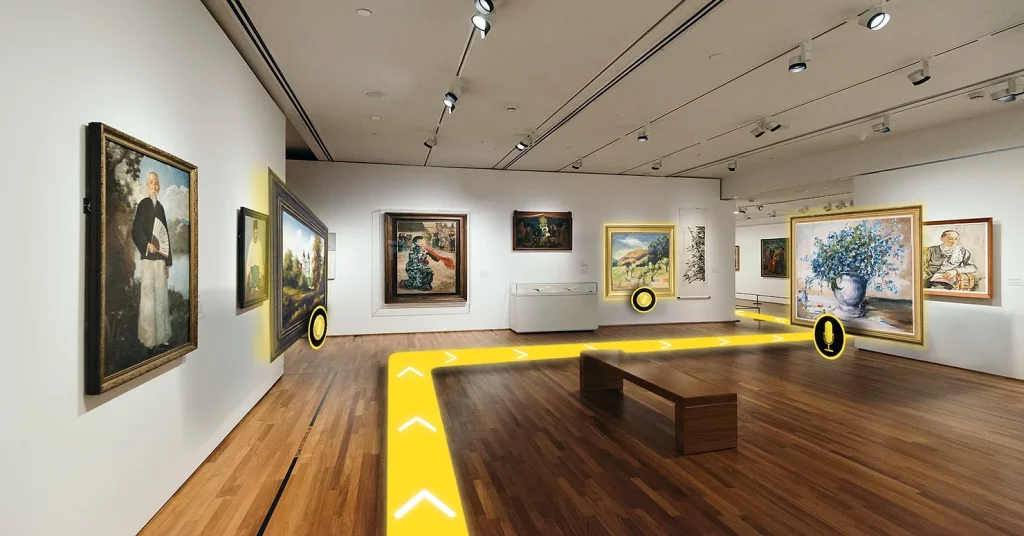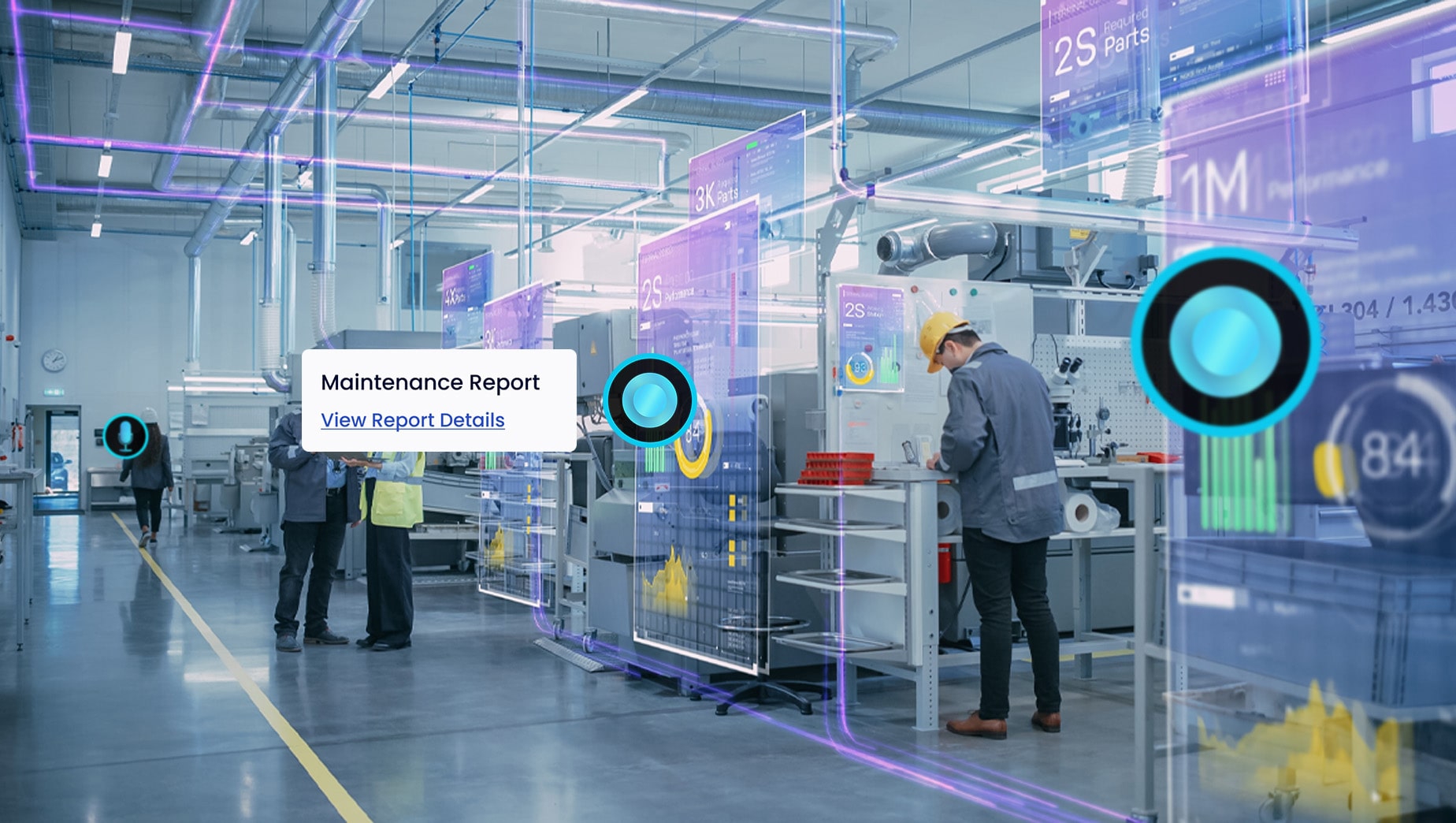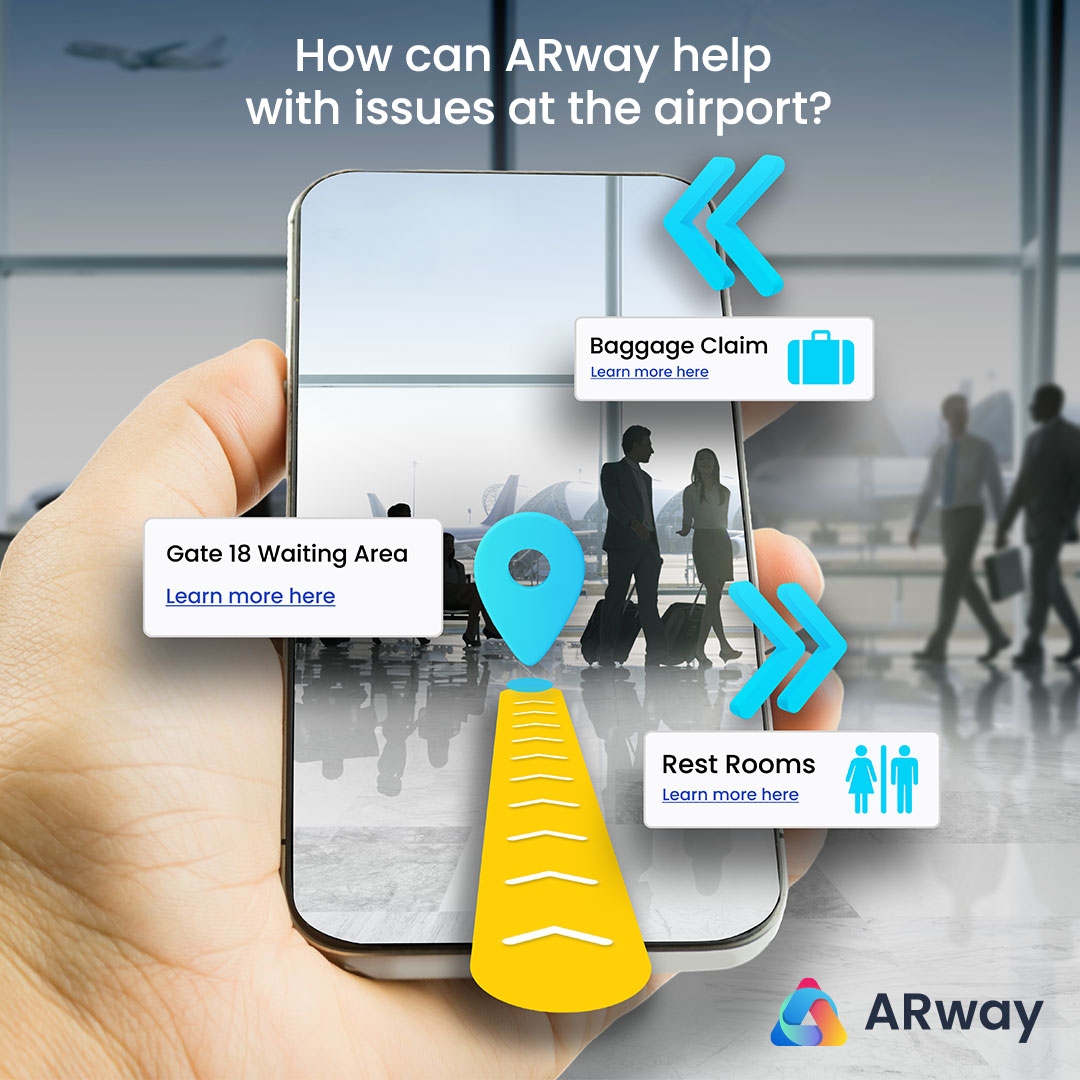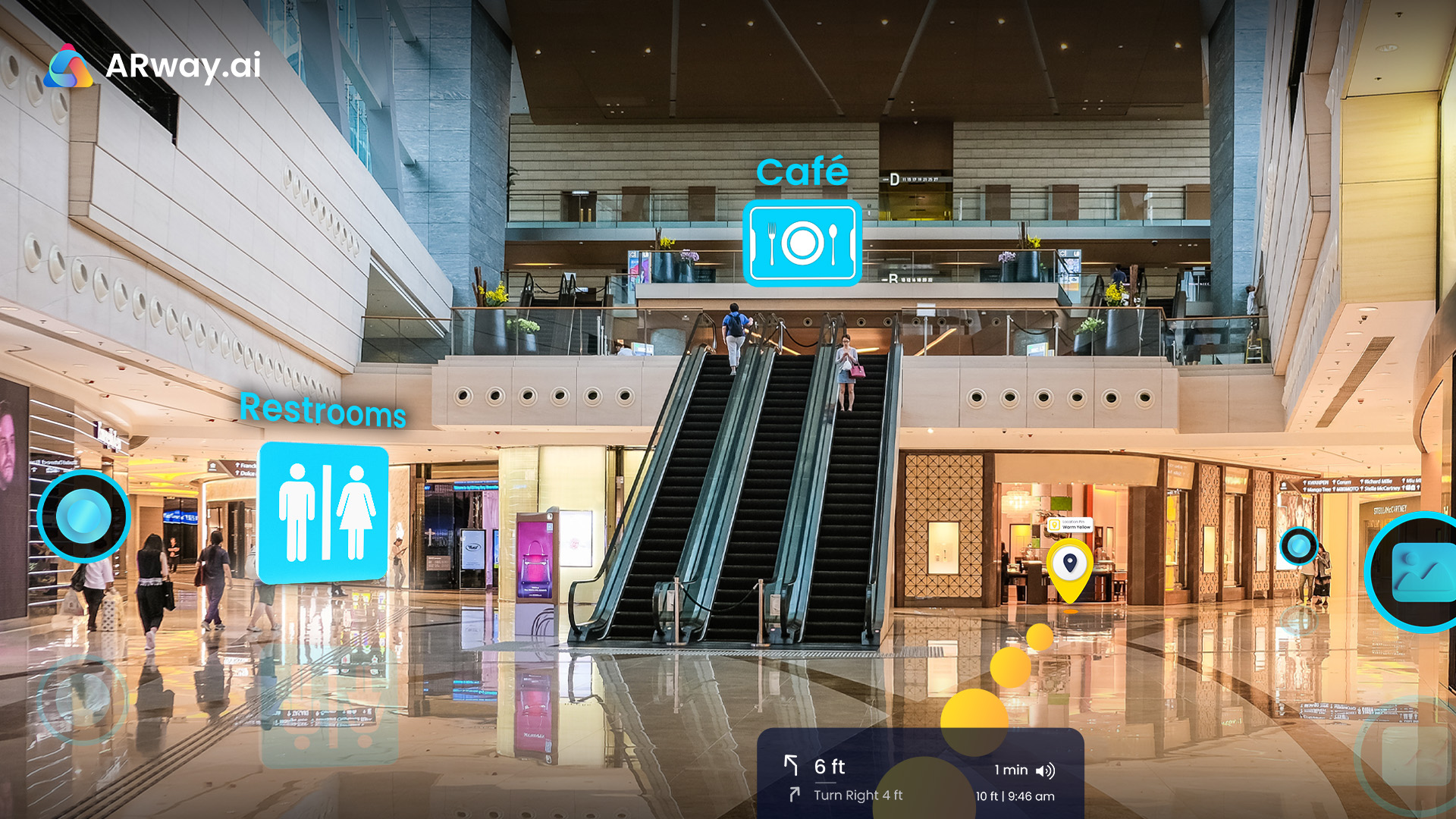Maps are a tool we can likely all agree to be something reliable in our lives. They’re one of the main ways we situate ourselves and keep moving forward as we navigate the world.
From that nostalgic feeling of printing out a set of directions before a long trip to using Google Maps on our phones, outdoor mapping has evolved. Rarely do we find ourselves lost or having to ask locals for directions with the advanced technologies behind navigation.
But what about indoor mapping and navigation? How do directions, signage, and more translate when indoors? How does a business provide an indoor experience complete with rich details that remove any struggles one might have while travelling from point A to point B?
It’s not as well known and doesn’t have the widespread usage behind it as its outdoor counterpart but it carries as much value and arguably provides even more benefits across different industries and businesses.
Continue reading to learn how our indoor travels are in dire need of just as much context, visual markers, guides, and more to smooth the journey for consumers on their way to their desired destinations.
What is Indoor Mapping and Navigation?
It’s natural to struggle to orient yourself about a static, 2D map if you’re moving around. This is where a dynamic, digital map comes in filled with points and places of interest that are a click away through your phone. Instead of going in circles in search of a restroom or where one might find a snack, a digital map is available with step-by-step pathways to get you there.
This is not to mention that a digital map is an engaging and exciting experience with the opportunity to extend a business’s brand reach.
Benefits of Indoor Mapping Across Industries
Hospitals

Hospitals are typically large-scale environments with complex transit and navigational systems. Patients are likely to already be in an anxious or stressed state before they first step into a hospital, and if signage isn’t helpful enough, it’s another source of stress.
Studies have shown that if visitors do not have direction – or reassurance of their direction – every 30 feet while travelling through a facility, they will likely stop and ask an employee for directions. This leads to an astounding 40% of visitors and patients depending on hospital staff for wayfinding assistance. Although hospital staff are there to help patients, those few minutes providing directions add up quickly and make all the difference in an industry where minutes can mean a life saved.
Businesses can save time for their employees and visitors through indoor navigation. Let’s say a visitor is entering from parking lot A and needs to get a blood test. Using their phone, a directed path on their screen will guide them to the correct area with turn-by-turn directions rather than this patient using one sign after another that has gaps between them where they can potentially get lost.
By keeping patient stress to a minimum and being on time, hospitals can expect happier customers and a decreased workload for their staff. Improved customer satisfaction can lead to increased subsequent visits and perhaps influence referrals to friends and family, all of which greatly impact a hospital’s bottom line. By helping patients reach their appointments on time, hospitals reduce the costly impact of late and missed appointments which cost hospitals an overwhelming $150 billion annually in the U.S.
Universities

Similar to hospitals, navigating a workspace or university is a seemingly daunting task with how large an area it can be. Using a static map to find a conference room, restroom, or desk makes the task harder than it ought to be. With 70% of workers on corporate campuses wasting up to 15 minutes looking for their meeting space, businesses can take it upon themselves to make it easier for employees to find their way around from day one using indoor navigation.
Points of interest are highlighted on dynamic, interactive maps to improve the discoverability of meeting rooms, specifically those which might be empty or available, as well as assets such as printers, tools, or test equipment.
With data focused on what users are searching and navigating to the most, administrators can increase facility management productivity by more than 30% with geo-analytics on space usage. There is a lower need to spend on navigational signage not only in high-traffic areas but throughout the complete space, effectively reducing costs.
What is Augmented Reality Indoor Navigation?
Enhanced indoor Positioning, Localization and Navigation (PLAN) has the potential to be taken further with the addition of Augmented Reality (AR). It provides directions to users on-screen overlaid on top of real environments seen through their smartphone camera to eliminate the struggle of comparing a static 2D map against the real world through AR displays of text, arrows, paths, and more.
Why Use Augmented Reality for Navigation?
Drive Revenue for Brands
AR naturally calls for engagement and elevates a customer’s shopping experience. A mapped mall for instance guides customers to the stores they’re looking for with ease. AR wayfinding has led to a 41% increase in foot traffic in a shopping mall, which translated into measurable sales growth in 80% of stores. Once they’re inside, AR-enhanced products are one click away which tends to lead to more purchases. Reportedly, 72% of shoppers purchased items they had not planned to purchase because of AR.
As customers navigate a digital map of a retail space or large venue, these indoor spaces can advertise special deals through sponsored AR advertising campaigns that grab attention.
Engaging Customer Experiences
With AR becoming entangled and layered with our real world, it’s not surprising to feel immersed in the experience. When customers reach a high level of interactivity, there’s a deeper connection established.
Museums, art galleries, and exhibits can improve attention and engagement with AR elements that dive deeper and show off different levels of a specific artist, art object, or exhibit. According to a Seattle Art Museum (SAM) survey, the most memorable experiences were those that had some degree of immersion or interactivity, with 84% of visitors reporting feeling more engaged with art installations that had AR elements.
Another survey conducted by the Art Gallery of Ontario (AGO) discovered that AR extended visitors’ focus on installations by 2.31 seconds leading to a more connected and memorable experience.
Get Started Creating Indoor Navigation For Your Business
Learn more by downloading the ARway app today and joining our Creator Community to stay up to date on the evolving capabilities of interactive wayfinding experiences.







